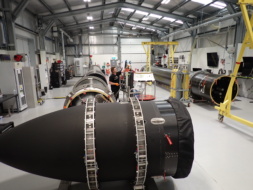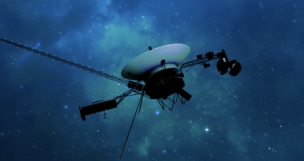The global community of astronomers can’t get enough of JWST as the huge, powerful space telescope passes through a series of carefully planned and controlled deployments, consisting—as you’ve probably heard by now—of 344 single-point failures, over 75% of which are now retired.
The telescope, to state the obvious, is rather large. The size is a feature, not a bug, since taking in light from infrared galaxies 13.5B lightyears away requires huge mirrors that direct and concentrate that light into sensitive sensors. JWST’s sunshield needs to shelter the mirrors and instruments from the heat of the Sun, justifying its 70-foot length (about as long as a tennis court, as you can see in our graphic above).
Next deployment on deck: The aft deployable radiators, another set of hulking structures that will shed the heat produced by two of the four instruments on JWST.
As ESA Senior Advisor for Science and Exploration Mark McCaughrean explained in a Twitter thread this morning, at the super-low temp of 40K (-233°C), not much power is radiated unless you compensate with radiator square footage.
The radiator deployment shouldn’t be as stressful as that of the sunshield and secondary mirror. Like everything else on JWST, it’s been tested countless times down on Earth. We await the telescope safely reaching its L2 orbit with bated breath.




